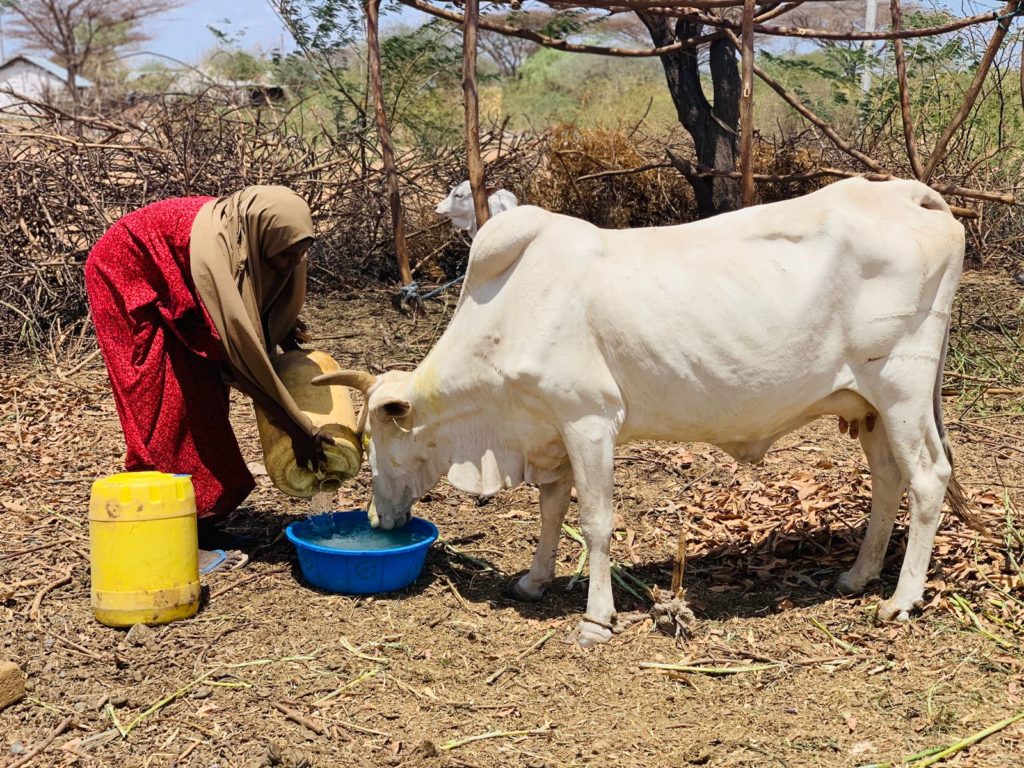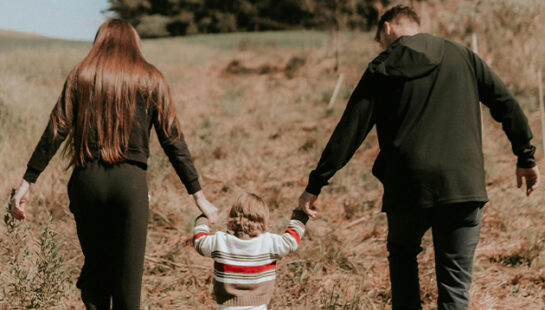Scan your news feed today, and you’re likely to see headlines about the weather, real estate prices, and the latest update on the British Royal family.
But there’s one story that’s often missing, and that is what’s happening in the Horn of Africa.
The Worst Hunger Crisis in Modern History
Right now, this large peninsula in Eastern Africa is gripped by one of the worst hunger crises ever recorded, with 22 million people hungry, and Somalia close to famine.
Things haven’t always been this way. While Africa has seen periods of food insecurity since World War Two, the prevalence of undernourished people was actually in decline between 2001 and 2015, as countries made significant progress in reducing hunger.
This changed in 2015, when undernourishment rates began to slowly rise. In 2020, as COVID swept across the world, the prevalence of undernourished people in Africa surged, and continues to rise sharply. According to the World Food Programme, the number of people in East Africa experiencing food insecurity rose by 60 per cent last year. In Kenya, Somalia, and Ethiopia alone, the number of children are at risk of death from extreme hunger, thirst, and disease more than doubled in five months.
Why Is This Happening?
The reasons for Africa’s hunger crisis are complex. Chief among them is one of the longest, most severe droughts on record in the region. The Horn of Africa is experiencing their fifth failed rainy seasons, which have decimated crops and livestock, and left families with little to eat or sell.
Many families have been relying on imported food, and grappling with high prices due to COVID-related supply chain disruptions. The situation hit crisis point in 2022 when the war in Ukraine began. Ukraine is one of Africa’s largest suppliers of wheat, vegetable oil and fertiliser. When these items became scarce due to the war, the price of what little food was available rose even further.
Many people now can’t afford to feed their children, let alone themselves. Mothers are walking for up to 18 hours in search of medical assistance for babies who are wasting away. Girls as young as nine are reportedly being married off to ease the economic pressure on households. In Somalia alone, over one million people have fled their homes in a perilous search for food.
So, Is It a Famine?
According to the Integrated Food Security Phase Classification†, a country is officially in famine when one in five households faces an extreme shortage of food, more than 30 per cent of children under five suffers from acute malnutrition, and two out of every 10,000 people die each day from hunger.
Countries in the Horn of Africa are close to this situation, with more people malnourished each day. The problem with waiting for a declaration of famine before we act is that by then, it will be too late to prevent deaths.
‘Just because a country does not yet meet the threshold for famine categorisation, doesn’t mean it’s not a crisis.’ says Kelsea Clingeleffer, International Programs Coordinator at Baptist World Aid.
‘While we’ve always had hungry people in the world, the scale and complexity has increased in such a short amount of time. And the flow-on effect is massive.
If kids don’t go to school because there’s no food at home or they must work to provide for their family, for example, we lose a generation of people receiving an education. Hunger affects every part of your life,’ Kelsea says.
We Can’t Wait To Act
Kheira knows all too well how hunger affects every part of your life. Living in Kenya, the 38-year-old single mother struggled to feed her five children due to the drought. The trees on her farm have withered, while her livestock and savings were depleted.
But Kheira is resilient. Through our Christian Partner, she received training on agricultural practices so that she can withstand conditions like drought, and started generating more income through bee keeping.

Kheira is also chairperson of a group that supports women who are vulnerable. ‘Through the group, I was privileged to get two goats; they have since multiplied. I sold them and bought a cow, which now has a calf. I use the milk to feed my family, or sell for food,’ says Kheira. ‘My children are now going to school and enjoying three meals a day.’
This crisis means many people don’t have solutions for food insecurity in the same way that Kheira does. But through our Christian Partners, we can help communities find lasting solutions to hunger.
When you give to our Hunger Crisis Appeal, you’ll help our Partners provide emergency food rations for children and families, agricultural training for drought-affected farmers, rebuilding damaged water sources for drinking, cooking and farming, and cash grants so people can access the necessities of life.
We might find ourselves asking, ‘hasn’t there always been hunger in Africa?’ The answer is not always—and certainly not as much as now. The rapidly changing news cycle might not recognise this crisis, but we can—and we can respond with hope.



 Melissa Lipsett,
Melissa Lipsett,

 Heather Keith,
Heather Keith,